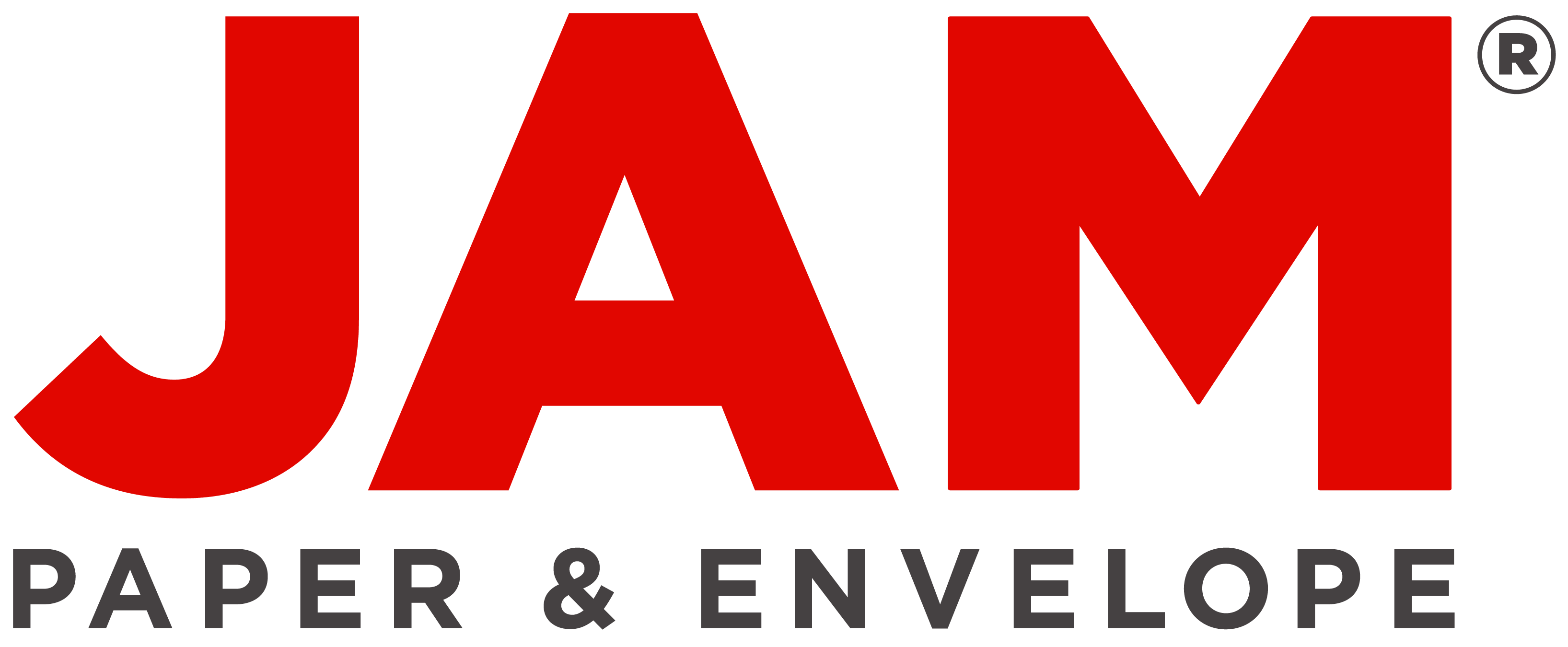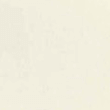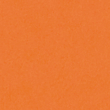Understanding the Different Paper Types
- By Andrew Jacobs
- Jul 17, 2013
Navigating the world of paper can be quite a journey, with its wide range of types, textures, and sizes. We understand it might seem a bit overwhelming. That's why we're here to guide you through it all. In this blog post, we'll take a closer look at different paper types, explaining what makes each one special and how they're best used, making your paper choices simpler and more informed.
Understanding Paper Weights
Within the paper industry you will hear paper's thickness referred to as the papers "weight", typically denoted in lbs. What does that mean exactly? In the US, paper is measured in pounds per 500 sheets or one Ream of paper, of a standard size of sheet. Paper with a higher paper weight (lbs.) will be thicker and denser. Paper density is measured by the amount of light a piece of paper will let through.
Standard
Common Weights: 20, 24, 28 lb.
This is your typical printer paper which generally has a weight of 20-28 lbs. This paper can be found in your everyday office computer and copier. This paper is perfect for company letterheads, presentations & stationery.


Cardstock
Common Weights: 60, 80, 90, 100, 130 lb.
Cardstock or Cover paper is thicker than normal writing paper but thinner than paperboard. Cardstock is typically distinguished by its weight. Cover stock is typically decorative in nature which makes it great for business cards, postcards, invitations or special cards. It can be found in a verity of textures, finishes, coatings & colors.


Vellum Bristol
Common Weights: 57, 67, 100, 120 lb.
Bristol Vellum is fine quality, uncoated paperboard typically used for promotional materials. Vellum refers to the type of finish on the paper which is an uncoated & translucent. It has an eggshell appearance and has high ink absorbency rate. Commonly used in brochures or technical drawings.


Kraft
Common Weights: 20, 28, 30, 35, 40, 50, 57, 60, 70 lb.
Kraft paper is a strong and durable type of paper, commonly recognized by its natural brown color. It's made through the Kraft process, which preserves the wood's natural fibers, lending the paper its robustness. Widely used for packaging, crafting, grocery bags, and stationery. Kraft paper is valued for its strength, versatility, and eco-friendly qualities.


Understanding the Different Paper Types
When it comes to choosing the right paper for your project, understanding the different paper types is crucial. From cardstock to vellum, each type has its own unique characteristics and best uses. Cardstock, for example, is a thicker and sturdier paper that is perfect for invitations and greeting cards. On the other hand, vellum is a translucent paper that adds a delicate touch to any project. By understanding the different paper types, you can make informed decisions that will enhance the quality of your work and ensure it meets your specific needs.
Benefits of Knowing Different Paper Types
Knowing the different paper types offers a range of benefits. For one, it allows you to choose the best paper for your specific project, ensuring the finished product looks and feels exactly as you envisioned. Additionally, understanding paper types can save you time and money by preventing you from using the wrong paper for a project, which can result in costly mistakes and reprints. By being knowledgeable about paper types, you can also impress clients and colleagues with your expertise and attention to detail.
Use Cases for Different Paper Types
Each paper type has its own unique use cases. For example, cardstock is commonly used for wedding invitations, business cards, and postcards due to its durability and professional appearance. Vellum, on the other hand, is often used for overlays, scrapbooking, and decorative accents due to its translucent and delicate nature. By understanding the specific use cases for each paper type, you can ensure that your projects are not only visually appealing but also functional and durable.
Alternatives to Different Paper Types
While understanding the different paper types is important, it's also valuable to know about alternative options. For example, if you're looking for a thicker paper but don't want to use cardstock, you might consider using cover paper, which offers similar durability and weight. Similarly, if you want a translucent paper but don't have vellum on hand, you could explore parchment paper as an alternative. Knowing about alternative paper options can provide flexibility and creativity in your projects.
Tips for Using Different Paper Types
When working with different paper types, there are several tips to keep in mind. First, always consider the printer compatibility of the paper to ensure it will work with your printing needs. Additionally, be mindful of the paper weight and thickness, as this can impact the overall look and feel of your project. It's also important to handle delicate papers, such as vellum, with care to avoid tearing or smudging. By following these tips, you can make the most of the different paper types and achieve professional results.
Exploring the World of Different Paper Types
Delving into the world of different paper types opens up a realm of possibilities for creative and professional projects. Whether you're a designer, artist, or DIY enthusiast, understanding the characteristics, benefits, and best uses of various paper types can elevate your work to new heights. By exploring the diverse options available, you can unleash your creativity and bring your visions to life with the perfect paper for every project.
















